#bull thistle
Photo
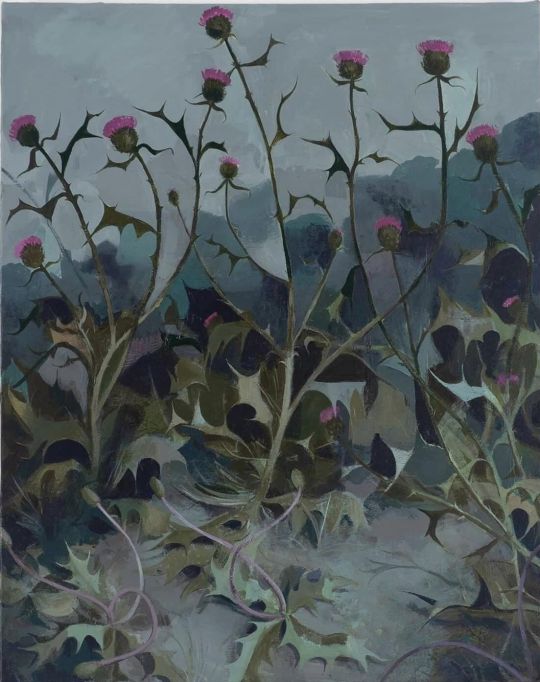
Bull Thistle and Dandelion - Matt Bollinger , 2022
American, b. 1980 -
Flashe and acrylic on unstreched canvas , 30 x 24 in.
16K notes
·
View notes
Text

Tell your hubby you love me.
Wife: omg honey i think i love him..she rolling her eyes with pleasure..
#bullying#sharing wife#wife fantasy#sexy wives#shared wives#wife#wife exhibition#real wives#slutty wife#naughty wives#my wife#mature wives#penetrative sex#bull thistle
232 notes
·
View notes
Text
do what you love..love what you do
207 notes
·
View notes
Text
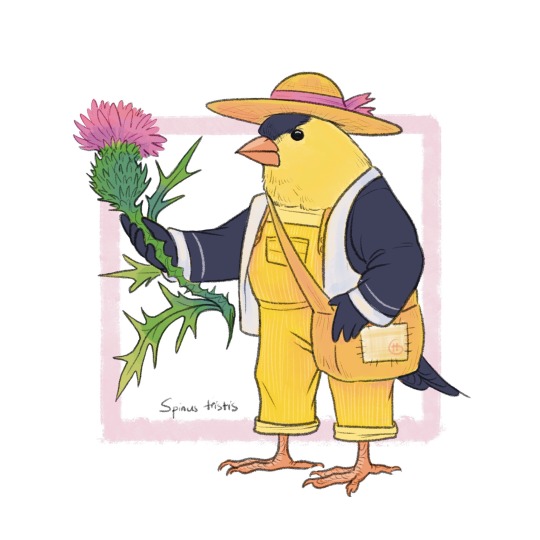
Avian August 2022 day 1 - American Goldfinch 💐
#art#drawing#avianaugust2022#avian august#american goldfinch#birds#bull thistle#I’m doing birds with jobs i guess?#this one is a bird farmer#or bird botanist
434 notes
·
View notes
Text
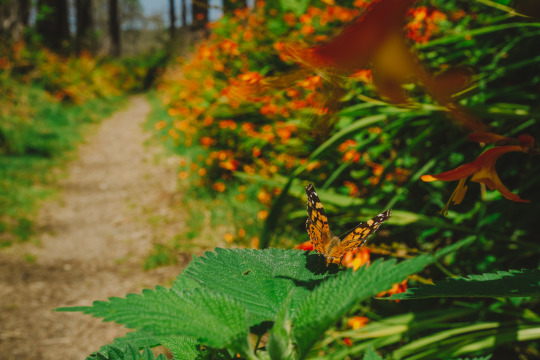




A lot of shots from this walk in august that just never made it to the blog. I've been taking so many pictures of spiders lately that I began to get lonely for little winged things.
#bees#butterflies#ladybugs#bull thistle#digital photography#sonya7r4#sonya7riv#photographers on tumblr#photography#color photography#photographers of tumblr#original photography#green#orange#plants#arthropods#invertebrates
8 notes
·
View notes
Photo
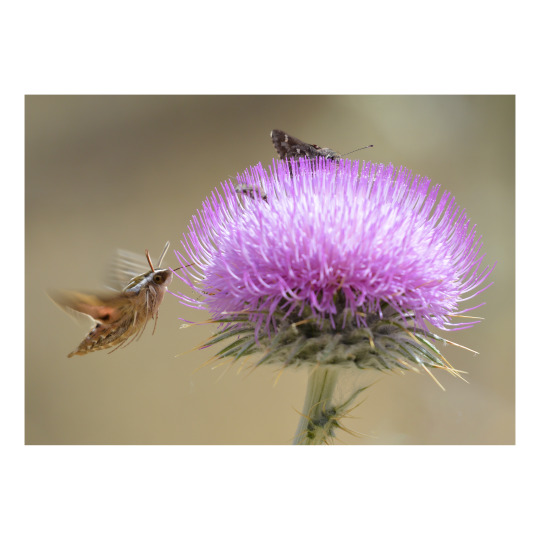
Just a sip.
#photographers on tumblr#sphinx moth#Sphingidae#bull thistle#Cirsium vulgare#Onion Creek#Coronado National Forest#Chiricahua Mountains#Cochise County#Arizona
143 notes
·
View notes
Photo



Cirsium vulgare (Bull thistle)
Yesterday I picked up my copy of “Invasive Flora of the West Coast - British Columbia and the Pacific Northwest” by Collin Varner (published May 31, 2022). I turned a few pages and ran into my old friend, the bull thistle. As the book says, this Eurasian native probably arrived in North America in early colonial times in a sack of contaminated crop seed. It is considered a difficult agricultural pest as It flowers at the same time as the hay crop is harvested and grazing animals won’t eat it.
I took these photos down by the railway tracks, a veritable ‘Who’s Who’ of invasive plants. One of the secrets of the bull thistle’s success is the sheer quantity of nectar it produces and it’s irresistible to bees and butterflies. Butterflies stand elegantly on the flower and extract the nectar with their long tongues but the honey bees dive in headfirst and get covered with pollen in the process.
#flowers#photographers on tumblr#bull thistle#invasive plants#bee#fleurs#flores#fiori#blumen#bloemen#Vancouver
85 notes
·
View notes
Text
Weeds of Boise: Boise State University Campus, part two
In part one of this two part series, I introduced you to the Boise State University campus, located in the heart of Boise, Idaho. I’ve been spending the past year walking the campus and cataloging the weeds that I find there. Boise has a fairly mild climate compared to the rest of Idaho, so weeds are generally easy to find just about any time of year. What weeds are present depends on what time…

View On WordPress
#birdsfoot trefoil#Boise State University#BSU#bull thistle#chicory#flowers#fruits#goatheads#horticulture#iNaturalist#introduced plants#invasive species#noxious weeds#puncturevine#velvetleaf#weeds#Weeds of Boise#wild urban flora#yellow nutsedge
5 notes
·
View notes
Text


2 notes
·
View notes
Text
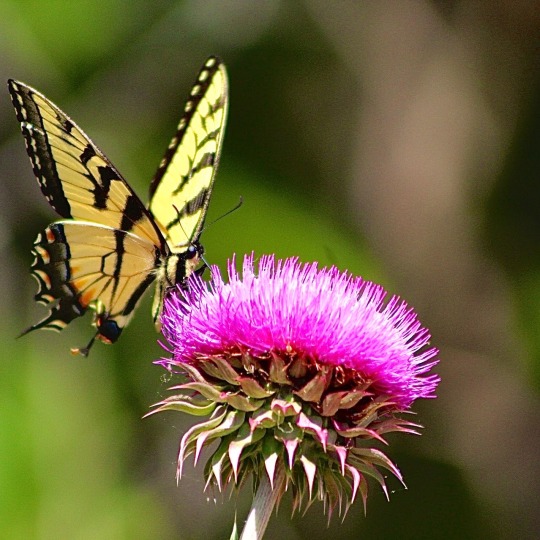
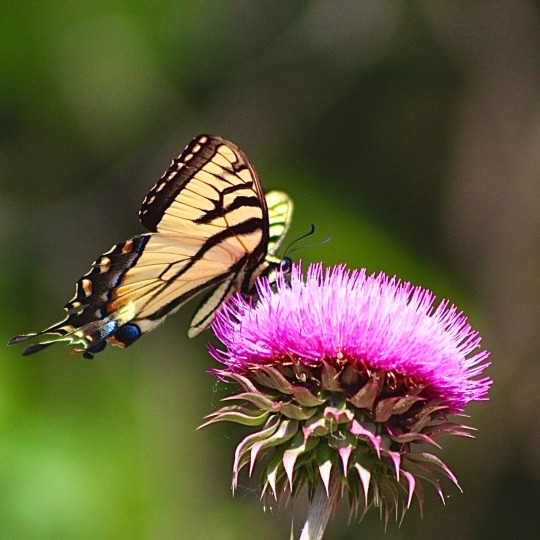
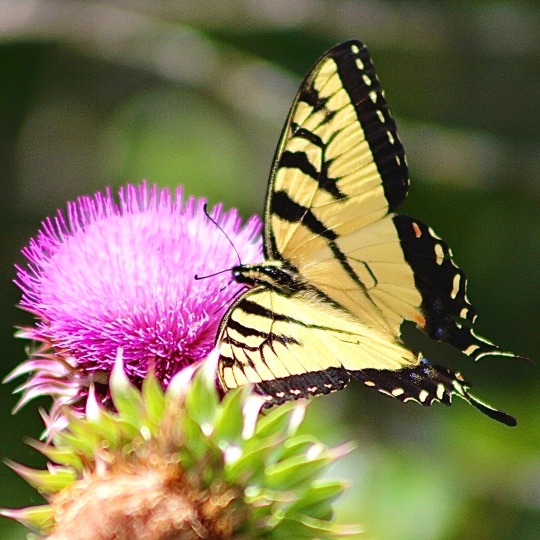

Been patiently waiting to post these. My favorite I’ve taken so far.
Tiger swallowtail with musk thistle.
#my photos#photography#adventure#exploring#minnesota#kcdrummergirl#hiking#outdoors#shakopee#wild flowers#woods#butterfly#tiger swallowtail#yellow butterfly#musk#musk thistle#thistle#bull thistle#purple#purple flower#not a monarch#tiger#yellow#swallowtail
20 notes
·
View notes
Text

#thistle#antique#retro#vintage#spear thistle#Cirsium vulgare#bull thistle#common thistle#a study in heredity#fettered yet free#annie s swan#typography#design
3 notes
·
View notes
Photo
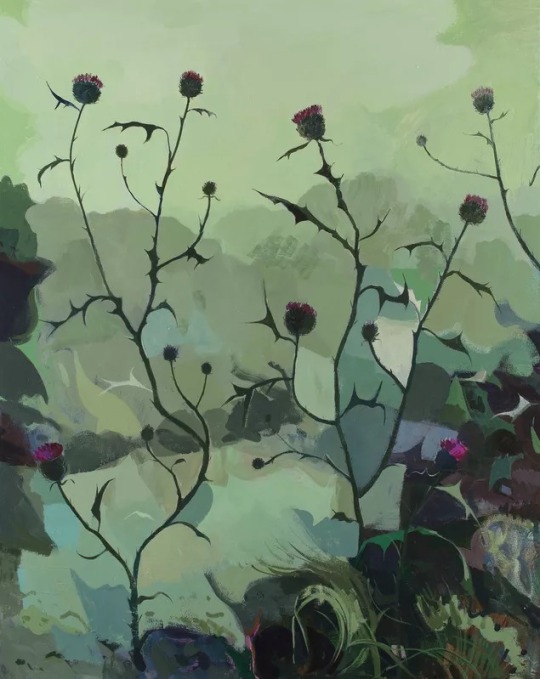
Bull Thistle 1 - Matt Bollinger , 2022,
American, b. 1980 -
Acrylic and flashe on canvas , 30 × 24 in. 76.2 × 61 cm.
435 notes
·
View notes
Text

While I was sitting at my desk at work, my secretary, who is your wife, came to me and sat in my lab and told me that she needs me a lot because of your neglect towards her at home.
#slutty wife#wife exhibition#sexy wives#shared wives#sharing wife#wife#mature wives#naughty wives#real wives#bullying#cuckslut#bull thistle
186 notes
·
View notes
Text
angel wings..
219 notes
·
View notes
Video
youtube
How to Identify Bull Thistle (Cirsium vulgare)
This is Bull Thistle, a member of the family Asteraceae that is native to Eurasia, and has become a noxious weed in The United States and in Australia. It is a biennial that flowers from mid to late summer.
The plant is composed of many spreading branches that reach 2 to 5 feet tall. The stems are green or brownish, and are covered in stiff, coarse hairs.
The leaves are long, thin, and very deeply lobed, and have an array of sharp, thin prickles along their margin and at the tips of each lobe. The. Leaves are hairy on their upper surface, and cottony or woolly on their lower surfaces. They are green with a distinct grayish hue, and the midrib and spines are colored yellow. The bases of the leaves extend down the stem and form irregular spiny wings.
Plants in their first year of growth appear dramatically different, forming small, tight rosettes. The leaves are only lightly toothed, and are much woolier, giving them a soft appearance. They are slightly ruffled along their margin, and are a light green color.
The flowers may be clustered in small groups at the tops of the stems, and are surrounded by large, spiny bracts. The flowers are pink to purple in color, and when pollinated will produce a head of white parachuted seeds.
The plant grows off a short, fleshy taproot, and only reproduces via seed.
Bull thistle likes full sun and disturbed soil, and can tolerate a variety of moisture levels. They are common in pastures, fields, roadsides, gardens, and any other disturbed sites.
The stems and roots of this plant are edible.
Bull thistle can be confused with many other thistle species, but can be distinguished mainly by the shape and texture of the leaves, and the form of the flower bracts.
Musk thistle is a species that is often confused with bull thistle, but its leaves are lighter green in color, have a cream-colored margin, and are not nearly as deeply lobed. The flowers are slightly larger, fuller, and don’t have the dramatically spiny bracts found on bull thistle’s flowers.
Canada thistle, or creeping thistle, is another species that is often confused with bull thistle, but it has much darker colored leaves that are smooth on their upper surface, and only slightly hairy beneath. The flowering heads are easily distinguished from bull thistle, as they are much smaller and more densely clustered at the tops of the stems.
Despite its highly competitive, invasive tendencies, Bull thistle is not always considered a detrimental addition to the environment, as it serves as a valuable food and nectar source for many different birds and insects.
4 notes
·
View notes
Text

These are invasive but these Bull Thistles are very pretty and they’re edible.
1 note
·
View note